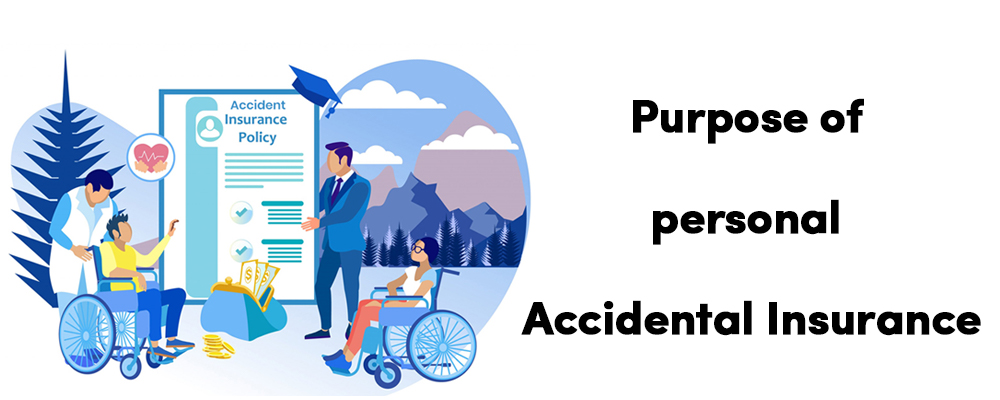The smart Trick of Pacific Prime That Nobody is Talking About
The smart Trick of Pacific Prime That Nobody is Talking About
Blog Article
Little Known Facts About Pacific Prime.
Table of ContentsPacific Prime - An OverviewThe Buzz on Pacific PrimeThe Single Strategy To Use For Pacific PrimeThe Definitive Guide for Pacific PrimePacific Prime Can Be Fun For Anyone

This is because the data were gathered for a duration of solid economic efficiency. Of the approximated 42 million individuals that were without insurance, just about concerning 420,000 (regarding 1 percent) were under 65 years of age, the age at which most Americans become eligible for Medicare; 32 million were adults in between ages 18 and 65, about 19 percent of all grownups in this age; and 10 million were kids under 18 years old, concerning 13.9 percent of all youngsters (Mills, 2000).
These quotes of the number of persons uninsured are created from the annual March Supplement to the Present Populace Study (CPS), carried out by the Census Bureau. Unless otherwise kept in mind, national price quotes of individuals without health insurance and percentages of the populace with various kinds of coverage are based on the CPS, the most commonly used resource of price quotes of insurance coverage and uninsurance rates.
Getting The Pacific Prime To Work

Still, the CPS is specifically beneficial due to the fact that it generates annual estimates relatively swiftly, reporting the previous year's insurance protection approximates each September, and because it is the basis for a regular set of estimates for more than 20 years, enabling evaluation of patterns in protection gradually. For these reasons, along with the extensive use the CPS in various other researches of insurance coverage that are offered in this record, we rely upon CPS price quotes, with restrictions kept in mind.

The quote of the variety of uninsured individuals broadens when a population's insurance policy standing is tracked for several years. Over a three-year period beginning early in 1993, 72 million individuals, 29 percent of the united state population, were without protection for at the very least one month. Within a solitary year (1994 ), 53 million people experienced a minimum of a month without coverage (Bennefield, 1998a)
6 out of every Website 10 uninsured adults are themselves used. Although functioning does enhance the possibility that and one's household members will certainly have insurance coverage, it is not a guarantee. Even participants of households with 2 full time wage income earners have practically a one-in-ten opportunity of being uninsured (9.1 percent without insurance rate) (Hoffman and Pohl, 2000).
Examine This Report about Pacific Prime
New immigrants represent a significant proportion of people without health and wellness insurance coverage. One analysis has actually attributed a considerable section of the current growth in the size of the U.S. without insurance populace to immigrants who showed up in the country between 1994 and 1998 (Camarota and Edwards, 2000). Current immigrants (those that came to the United States within the previous 4 years) do have a high rate of being uninsured (46 percent), however they and their youngsters make up simply 6 percent of those without insurance coverage nationally (Holahan et al., 2001).
The connection between health and wellness insurance policy and access to care is well developed, as documented later in this chapter. Although the partnership between medical insurance and wellness end results is neither straight nor easy, an extensive clinical and health services research study literature links medical insurance coverage to improved access to care, better top quality, and boosted individual and population health status.
Levels of evaluation for examining the results of uninsurance. It focuses especially on those without any type of wellness insurance for any kind of length of time.
What Does Pacific Prime Do?
The troubles dealt with by the underinsured are in some respects comparable to those encountered by the without insurance, although they are typically less extreme. Health and wellness insurance coverage, however, is neither needed nor sufficient to obtain accessibility to medical solutions. The independent and straight effect of wellness insurance coverage on access to health solutions is well established.
Others will certainly obtain the wellness treatment they need also without medical insurance, by spending for it out of pocket or seeking it from suppliers who offer care free or at extremely subsidized rates. For still others, wellness insurance coverage alone does not guarantee invoice of care due to various other nonfinancial barriers, such as a lack of healthcare carriers in their neighborhood, restricted accessibility to transport, illiteracy, or etymological and cultural distinctions.
An Unbiased View of Pacific Prime
Official research regarding without insurance populaces in the USA dates to the late 1920s and very early 1930s when the Board on the Expense of Treatment generated a collection of records concerning financing medical professional office brows through and hospital stays. This issue came to be salient as the numbers of medically indigent climbed during the Great Clinical depression.
Report this page